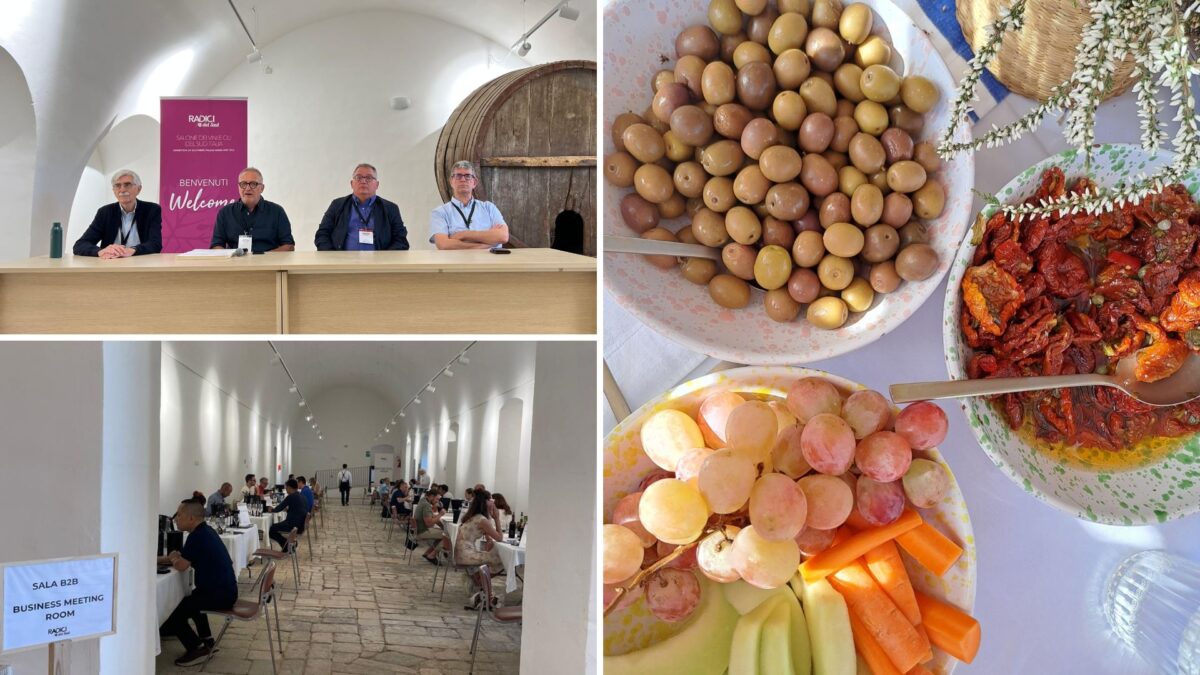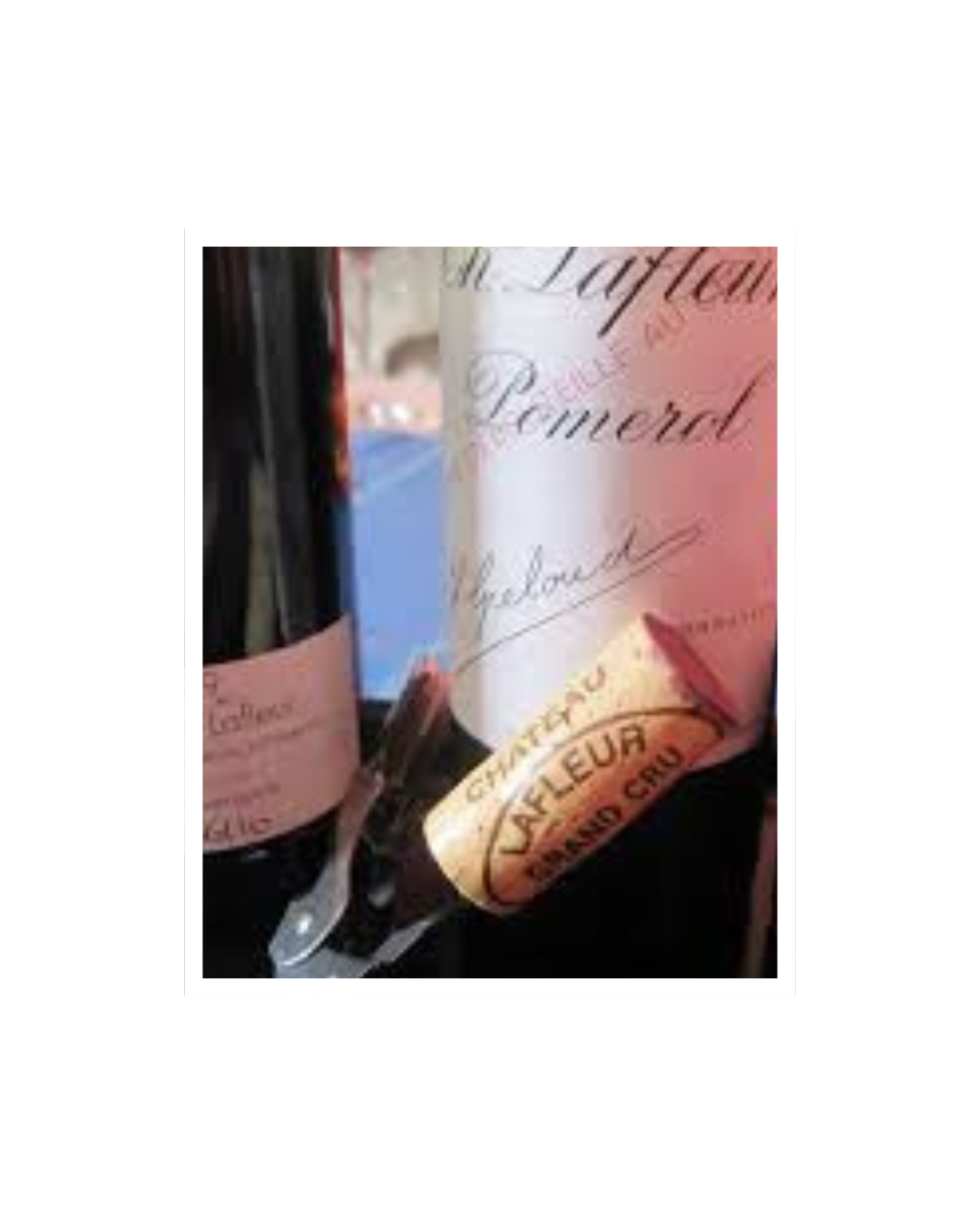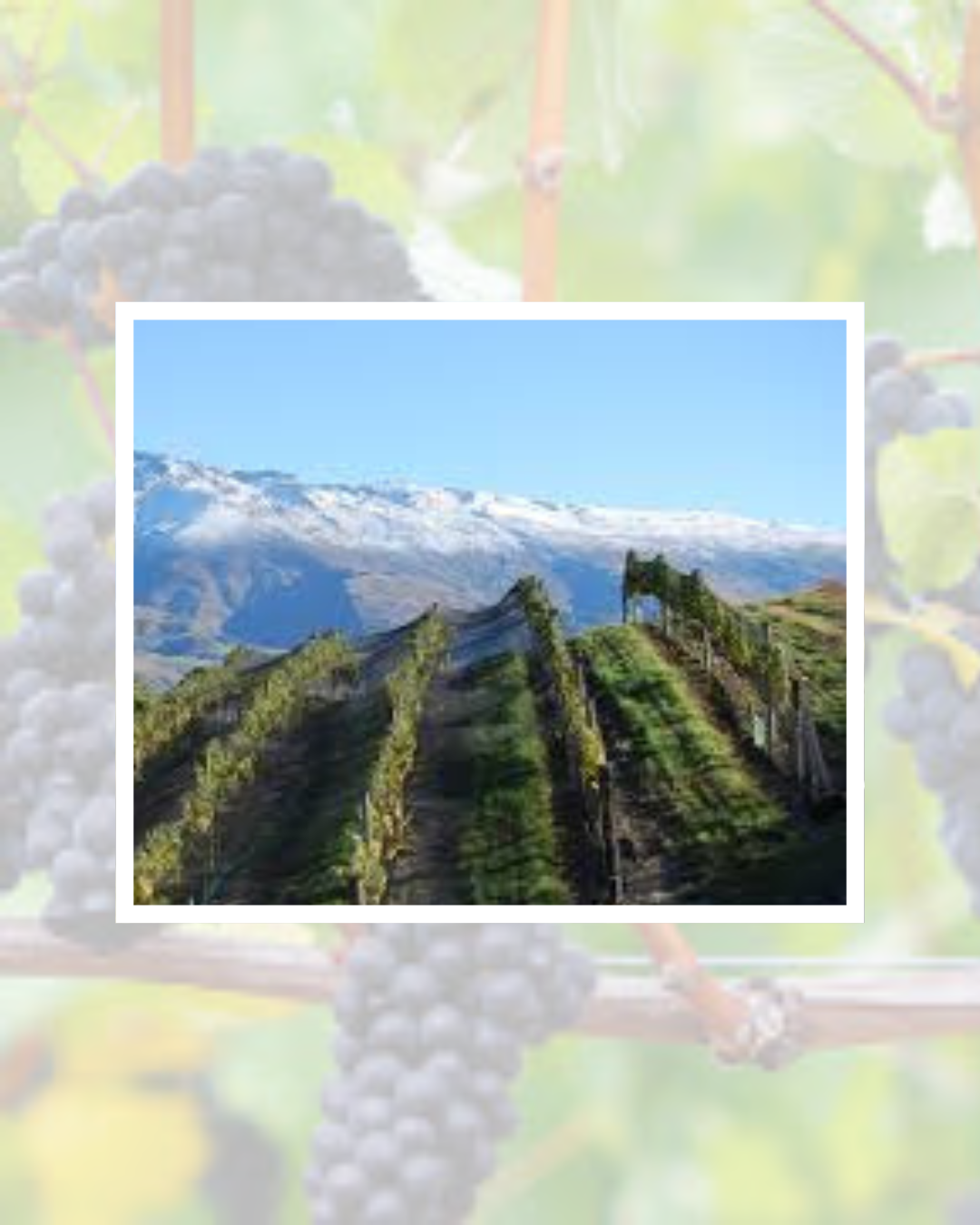The twentieth edition of Radici del Sud recently concluded spectacularly, marking another milestone for this renowned annual celebration of Southern Italian wine and culinary excellence. Held from June 4–9, 2025, at the historic former Distillery Paolo Cassano in Gioia del Colle, Puglia, this unique gathering brought together wine producers, international buyers, critics, journalists, and passionate consumers to celebrate and promote the authentic flavours of the South.
A Rich History of Southern Italian Wine Promotion
Founded in 2005, Radici del Sud (literally “Roots of the South”) was created to highlight the often-underestimated viticulture of Southern Italy. What began as a showcase exclusively for Apulian wineries has significantly grown over the years to include wines from all Southern Italian regions: Puglia, Campania, Calabria, Basilicata, Sicily, Molise, Abruzzo, and Sardinia.
The event’s mission remains unchanged: to highlight the unique identity of these wines and support producers in reaching international markets. This is achieved through professional tastings, B2B meetings, and conferences that emphasize sustainability and indigenous grape varieties such as Primitivo, Negroamaro, Aglianico, Nero d’Avola, and Greco.
The 2025 Event Experience
This year’s edition offered participants a complete immersion into Southern Italian wine culture. Guided tours on June 5 and 6 introduced guests to historic sites, local cellars, and Mediterranean cuisine at top restaurants. On June 7 and 8, structured B2B meetings paired producers with industry professionals, with about 20 wine producers featured in each session. These intimate exchanges allowed winemakers to tell the story of their wines and present full portfolios.

The festivities concluded on June 9 with a grand tasting featuring more than 100 wine and olive oil producers from Southern Italy. Open to both enthusiasts and industry specialists, this showcase gave importers and visitors the opportunity to discover new products while exploring the beautiful city of Bari.
Wine Competition and Quality Recognition
A highlight of Radici del Sud is its prestigious wine competition, where an international panel conducts blind tastings of hundreds of wines. The judges assess both technical excellence and the ability to express terroir and tradition.
This year’s tasting revealed exceptional quality across categories: Puglian rosés stood out with their bright character, Calabrian whites showed impressive complexity, and Southern Italy’s signature bold reds reaffirmed their distinctive intensity and depth.
Beyond Wine: Celebrating Culinary Heritage
Radici del Sud also celebrates the culinary traditions of the South with cooking shows, tastings, and presentations by chefs and food artisans. This holistic approach reinforces the deep connection between land, wine, and cuisine.
Wine Tourism in Puglia
Puglia has become a top wine tourism destination, as underscored by the event. Most wineries now offer tasting rooms and visitor facilities, while many provide integrated experiences such as cooking classes, wellness programs, vineyard dinners, sunset tastings, and grape harvest participation. With accommodations available at many estates, wine lovers can fully immerse themselves in the local terroir.
A Platform for Southern Italian Excellence
Over two decades, Radici del Sud has become a vital platform for showcasing the hidden gems of Italy’s southern wine regions. In an industry often dominated by northern and central Italian wines, it gives voice to the South, where sun, soil, and centuries of tradition create wines of remarkable character.
The 20th edition once again demonstrated that Southern Italian wines deserve recognition on the global stage. By highlighting authentic, terroir-driven wines and supporting local producers, Radici del Sud strengthens Southern Italy’s reputation as a source of distinctive, high-quality wines rooted in cultural and geographical heritage.
Filippo Magnani





